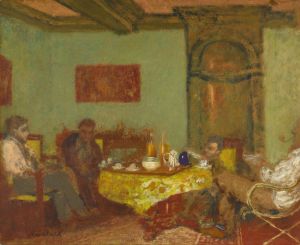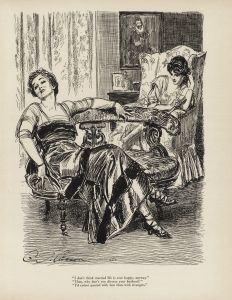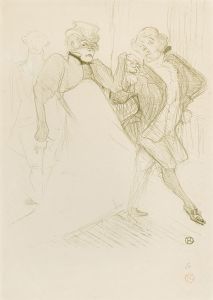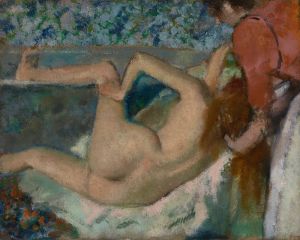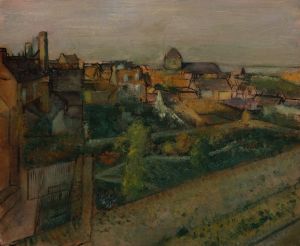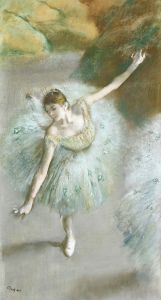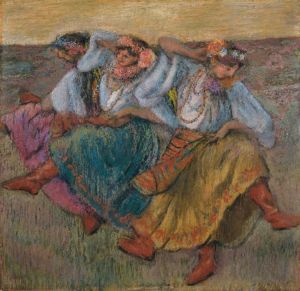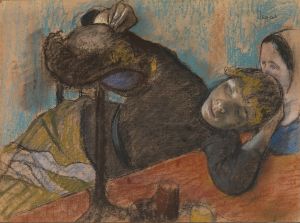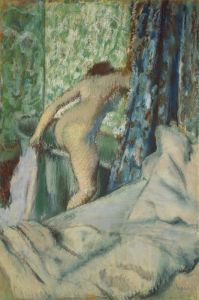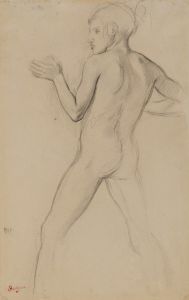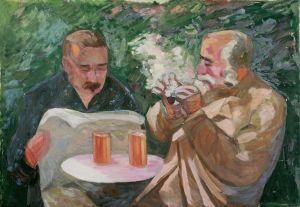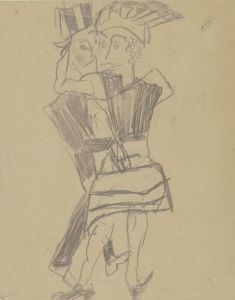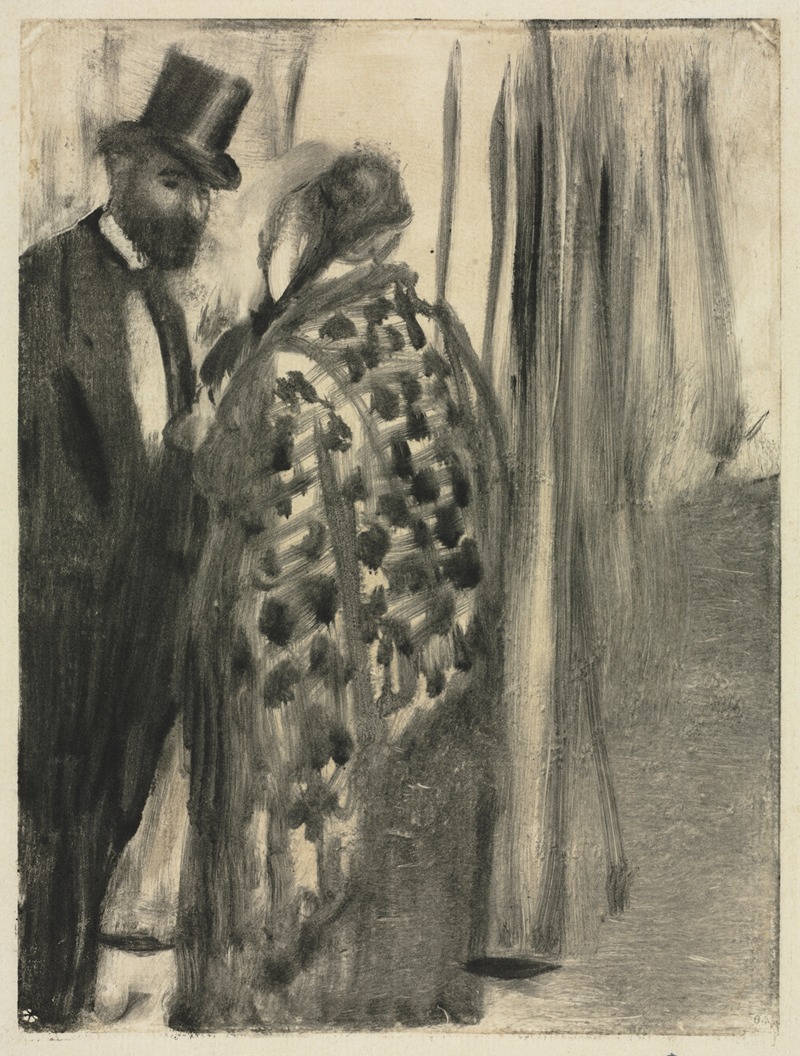
Ludovic Halévy and Madame Cardinal for ‘La Famille Cardinal’ by Ludovic Halévy
A hand-painted replica of Edgar Degas’s masterpiece Ludovic Halévy and Madame Cardinal for ‘La Famille Cardinal’ by Ludovic Halévy, meticulously crafted by professional artists to capture the true essence of the original. Each piece is created with museum-quality canvas and rare mineral pigments, carefully painted by experienced artists with delicate brushstrokes and rich, layered colors to perfectly recreate the texture of the original artwork. Unlike machine-printed reproductions, this hand-painted version brings the painting to life, infused with the artist’s emotions and skill in every stroke. Whether for personal collection or home decoration, it instantly elevates the artistic atmosphere of any space.
Edgar Degas, a prominent French artist known for his contributions to Impressionism, created a series of works that depicted scenes from the Parisian opera and ballet. Among these works is the painting "Ludovic Halévy and Madame Cardinal," which is part of a broader exploration of the Parisian cultural scene during the late 19th century. This painting is associated with the literary work "La Famille Cardinal" by Ludovic Halévy, a French playwright and author who was a contemporary and friend of Degas.
Ludovic Halévy, born in 1834, was a significant figure in the French literary world. He was known for his plays, operettas, and novels, often collaborating with other notable figures such as composer Jacques Offenbach. "La Famille Cardinal," published in 1883, is one of Halévy's well-known works. It provides a satirical look at the lives of a fictional Parisian family involved in the world of ballet, reflecting the social dynamics and cultural milieu of the time.
Degas, who had a keen interest in the ballet and frequently attended performances at the Paris Opéra, found inspiration in Halévy's work. His painting "Ludovic Halévy and Madame Cardinal" captures the essence of the characters and the environment described in Halévy's stories. Degas was renowned for his ability to portray the nuances of human expression and movement, and this painting is no exception. It reflects his fascination with the interplay between the performers and the audience, a recurring theme in his oeuvre.
The painting itself is characterized by Degas's typical use of light and shadow, as well as his innovative composition techniques. He often employed unusual angles and perspectives, drawing the viewer into the scene and creating a sense of immediacy. In "Ludovic Halévy and Madame Cardinal," Degas's brushwork and attention to detail bring the characters to life, highlighting their personalities and the social context in which they exist.
Degas's relationship with Halévy extended beyond mere artistic inspiration; they shared a friendship that influenced their respective works. This connection is evident in the way Degas approached the subject matter, infusing it with a sense of familiarity and insight. The painting not only serves as a visual representation of Halévy's literary characters but also as a testament to the vibrant cultural exchange between artists and writers in 19th-century Paris.
"Ludovic Halévy and Madame Cardinal" is a part of Degas's broader exploration of Parisian life, particularly the world of dance and theater. His works from this period offer a glimpse into the social fabric of the time, capturing the elegance and complexity of the city's artistic circles. Through his paintings, Degas provides a window into the lives of those who inhabited this world, from the performers on stage to the patrons in the audience.
In summary, Edgar Degas's painting "Ludovic Halévy and Madame Cardinal" is a significant piece that reflects the intersection of art and literature in 19th-century Paris. It showcases Degas's mastery of capturing human emotion and the vibrant cultural scene of the era, while also highlighting his connection with Ludovic Halévy and the literary world.





